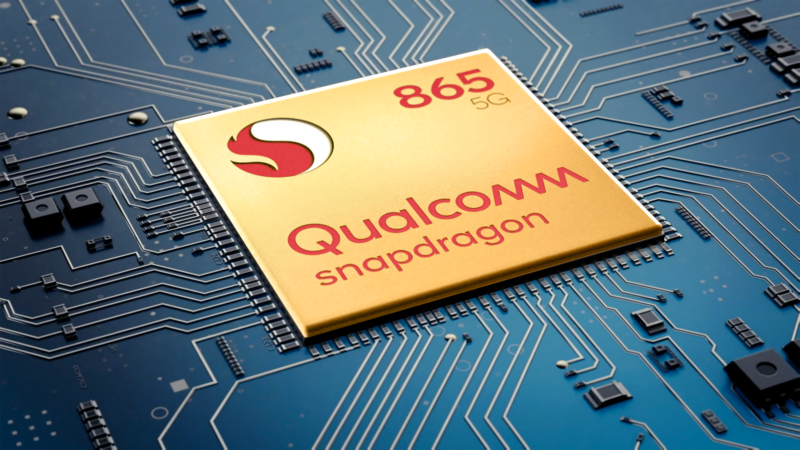It is well known that the smartphone market has seen slight stagnation in recent times. This also translates to the mobile chip industry as well, with the global cellular baseband processor also seeing a decline of 3 percent (year on year over 2018) in 2019. However, during the overall decline, 5G enabled chipset saw growth to 2 percent market share during this period.

2019 was the year that 5G networking broke out into the market. In its nascent stages, the premium grade flagships were the only handsets that housed chipsets that supported the newer and faster bandwidth. Despite this, the market saw decent success and even managed to gain an overall market share of 2 percent. Furthermore, the growth was facilitated by early adopters, which includes Qualcomm with its 5G modems in its Snapdragon processors, Huawei with its HiSilicon Kirin flagship processors and even Intel.
Editor’s Pick: Honor President: HiSilicon Kirin 985 SoC bridges the gap between the Kirin 820 and 990
Qualcomm held the most dominating position for 5G enabled chipsets, with 41 percent market share. HiSilicon came in second with a 16 percent market share while Intel came in third with 14 percent. The rest was made up of by various other brands, but these three are the major contributors by far. Prior to the Coronavirus pandemic, it was expected that 5G would become more mainstream in 2020. And despite it all, the trends showcase that brands are still placing an emphasis on 5G over 4G, especially new and flagship models.

During this same period, 4G LTE baseband shipments have declined year on year for the first time. The only exceptions to this are Intel and Unisoc, while other players in the market all seeing a fall. Only time will tell now regarding just how far reaching the effects of COVID-19 actually is, and what it may mean for the market overall in 2020. So stay tuned.
UP NEXT: Samsung India pledges ₹20 Crores to PM CARES Fund and State Governments to fight COVID-19
(Via)







